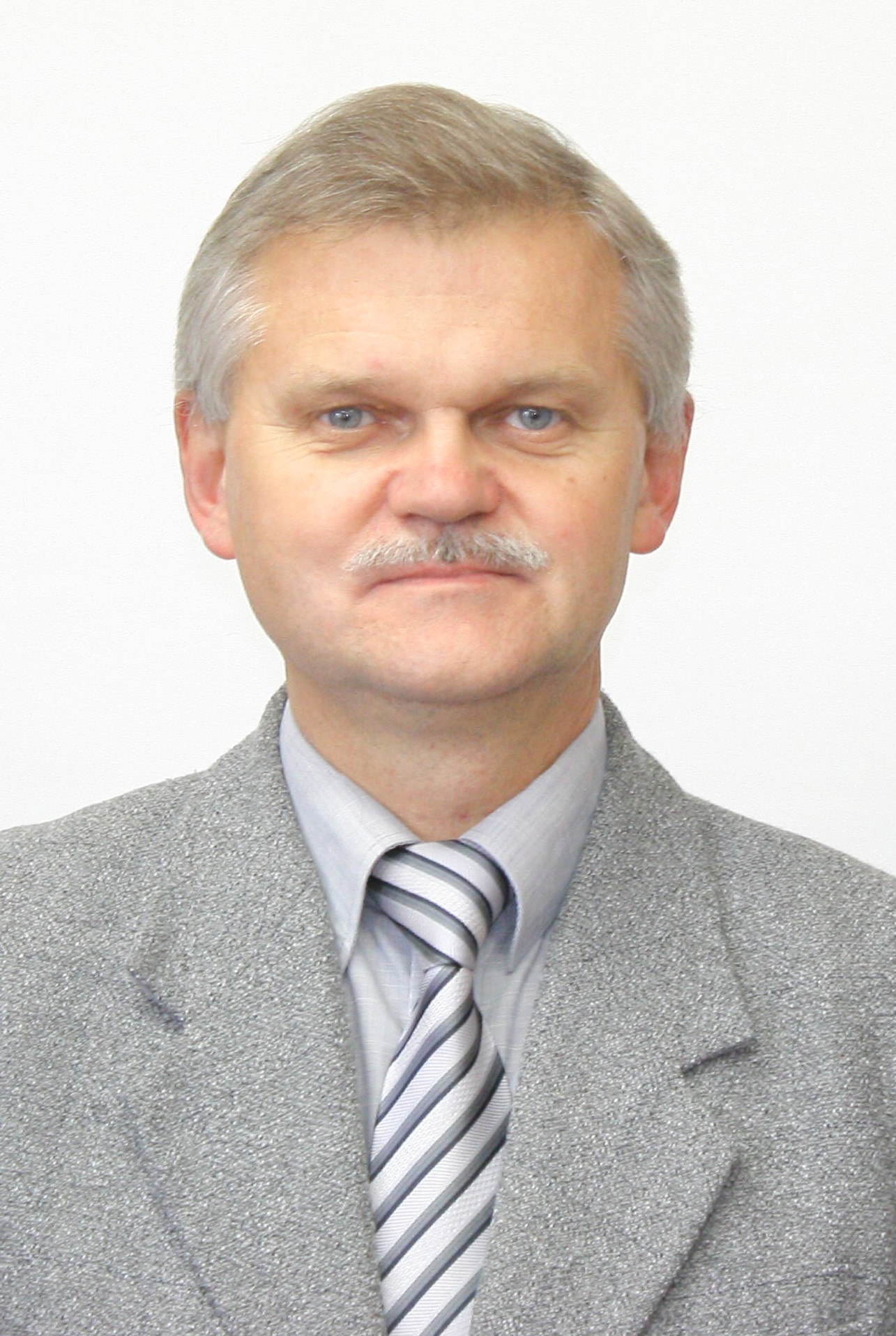|
ERNESTAS KUTORGA
|
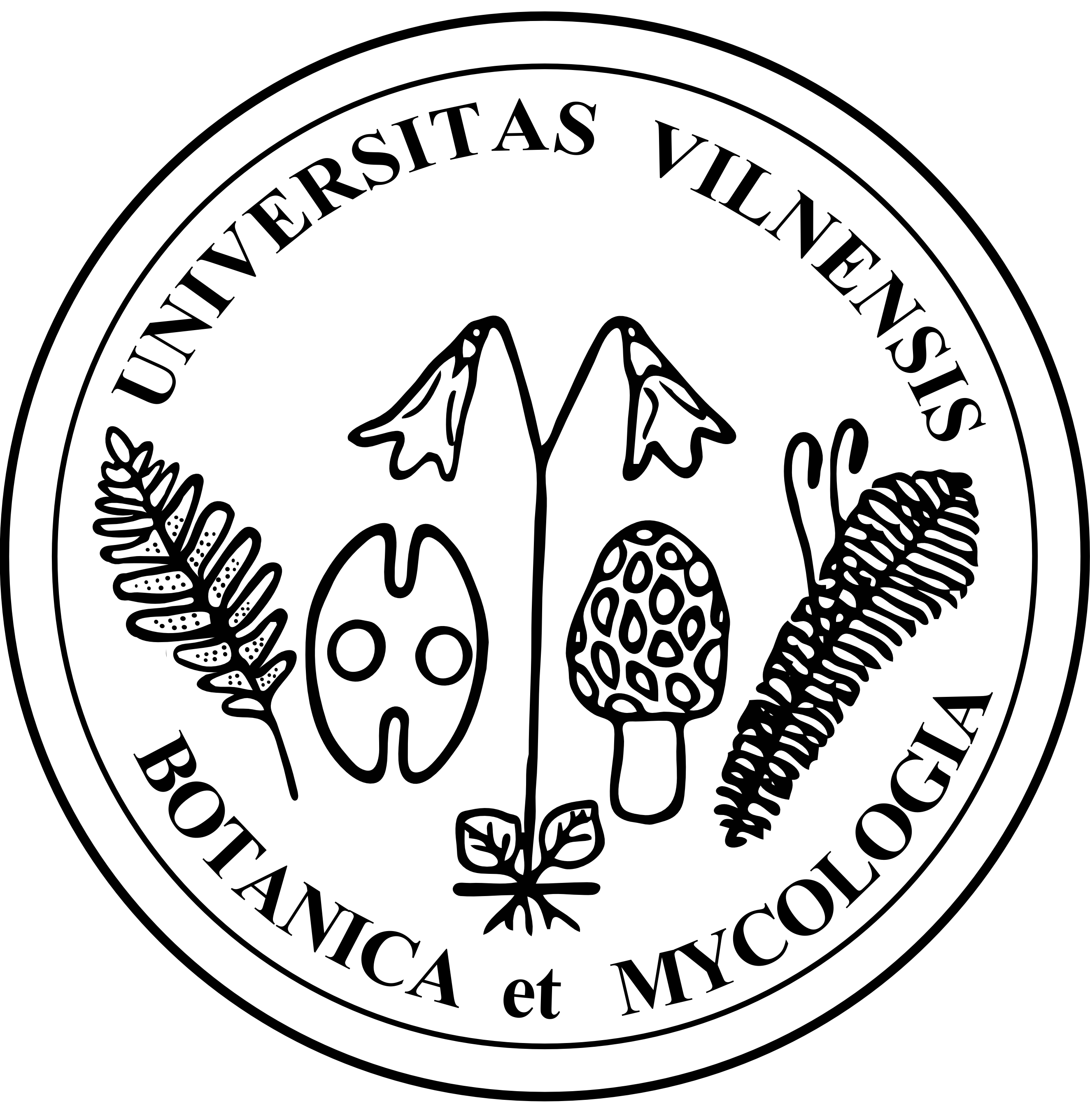 |
Biodiversity and Ecology of Plants, Algae and Fungi
Plants, algae and fungi are among the most important organisms, not only because of their vital roles in both natural and altered ecosystems, but also because of their influence on humans and human-related activities. Because of the diversity, abundance and vital roles of these organisms, they are included in considerations of biodiversity conservation, nature resource management and related subjects. These organisms encompass a great number of taxa, forms, life histories and ecology; however, only limited and incomplete information is available for most of the species. Moreover, changes in climate, environment and the traditional management of various habitats over the last decades have triggered changes in the composition and distribution of species, stimulated an introduction of alien species and increased interest in understanding the processes of biodiversity change and maintenance.
The herbarium and voucher specimens serve as a basis of scientific study; they are important for both current and future research. Therefore, the collection, study and preservation of plant, algal, lichen and fungal specimens in the Herbarium of Vilnius University (WI) is an essential task in providing research on the diversity and distribution of Lithuanian flora, algobiota and mycobiota.
The Botany, Algology and Mycology Research Group focuses on the diversity, biology, distribution and ecology of plants, algae, fungi and lichens. We integrate field and laboratory experimental methods to analyse plant and fungal biology and ecology questions. We also conduct investigations of the historical herbarium collections, and study the history of botany in Lithuania.
SELECTED PUBLICATIONS
- Kutorga, E. Lietuvos grybai (Mycota Lithuaniae), Volume 3, Book 6: Inoperkuliniai diskomicetai (Discomycetes inoperculatae). Vilnius: Vilnius University Publishing House, 2020. ISBN 978-609-07-0390-8.
- Tupčiauskaitė, J., Rimgailė-Voicik, R. Professor Povilas Snarskis – life dedicated to the research of Lithuanian flora. Botanica. 2020, 26(1): 101–108.
- Tupčiauskaitė, J., Rimgailė-Voicik, R., Rasimavičius, M. Newly discovered Poaceae specimens in the Herbarium of Vilnius University collected by Povilas Snarskis (1889–1969). Botanica. 2020, 26(2): 138–149.
- Iršėnaitė, R., Arslanova, T., Kasparavičius, J., Kutorga, E., Markovskaja, S., Matulevičiūtė, D., Taraškevičius, R., Motiejūnaitė, J. Effects of a great cormorant colony on wood-inhabiting fungal communities in a coastal Scots pine forest. Fungal Ecology. 2019, 41: 82–91.
- Schnittler, M., Horn, K., Kaufmann, R., Rimgailė-Voicik, R., Klahr, A., Bog, M., Fuchs, J., Bennert, H. W. Genetic diversity and hybrid formation in Central European club-mosses (Diphasiastrum, Lycopodiaceae) – New insights from cp microsatellites, two nuclear markers and AFLP. Molecular Phylogenetics and Evolution. 2019, 131: 181–192.
A Retrospective Study of Scientific Legacy of Professor Povilas Snarskis
“You have to prepare before going to nature. Similarly, like people did before going to the church in the early days: take a bath, get dressed well and have a good will” used to say Prof. P. Snarskis to his students.
The study presents a brief biography of Prof. P. Snarskis and discusses the importance of his work for Lithuania. P. Snarskis defended PhD thesis at Vytautas Magnus University, studied Lithuanian floristic diversity, taught botany at Vilnius University and Vilnius Pedagogical Institute, headed several departments and the Faculty of Natural Sciences. During his professional career, P. Snarskis published about 60 research and popular science works. He was a co-author of the edition on Lithuanian flora “Lietuvos TSR flora”. His plant guidebooks still have their high value. More than 20 000 plant specimens collected by P. Snarskis were deposited at the herbaria of Vilnius University (WI) and the Institute of Botany of Nature Research Centre (BILAS) (Tupčiauskaitė & Rimgailė-Voicik. Botanica, 2020, 26(1): 101–108).
We studied the collection of the Poaceae specimens collected by P. Snarskis mainly from eastern Lithuania in 1943–1960. The collection is preserved in WI, and consists of 67 herbarium sheets representing 28 species. The collection provided new data on abnormal growth forms of common Lithuanian grasses and the distribution of rare and endangered Poaceae species in Lithuania. The discovered specimen of endangered species Glyceria lithuanica is the oldest of all known records of the species in Lithuania (Tupčiauskaitė et al. Botanica. 2020, 26(2): 138–149).
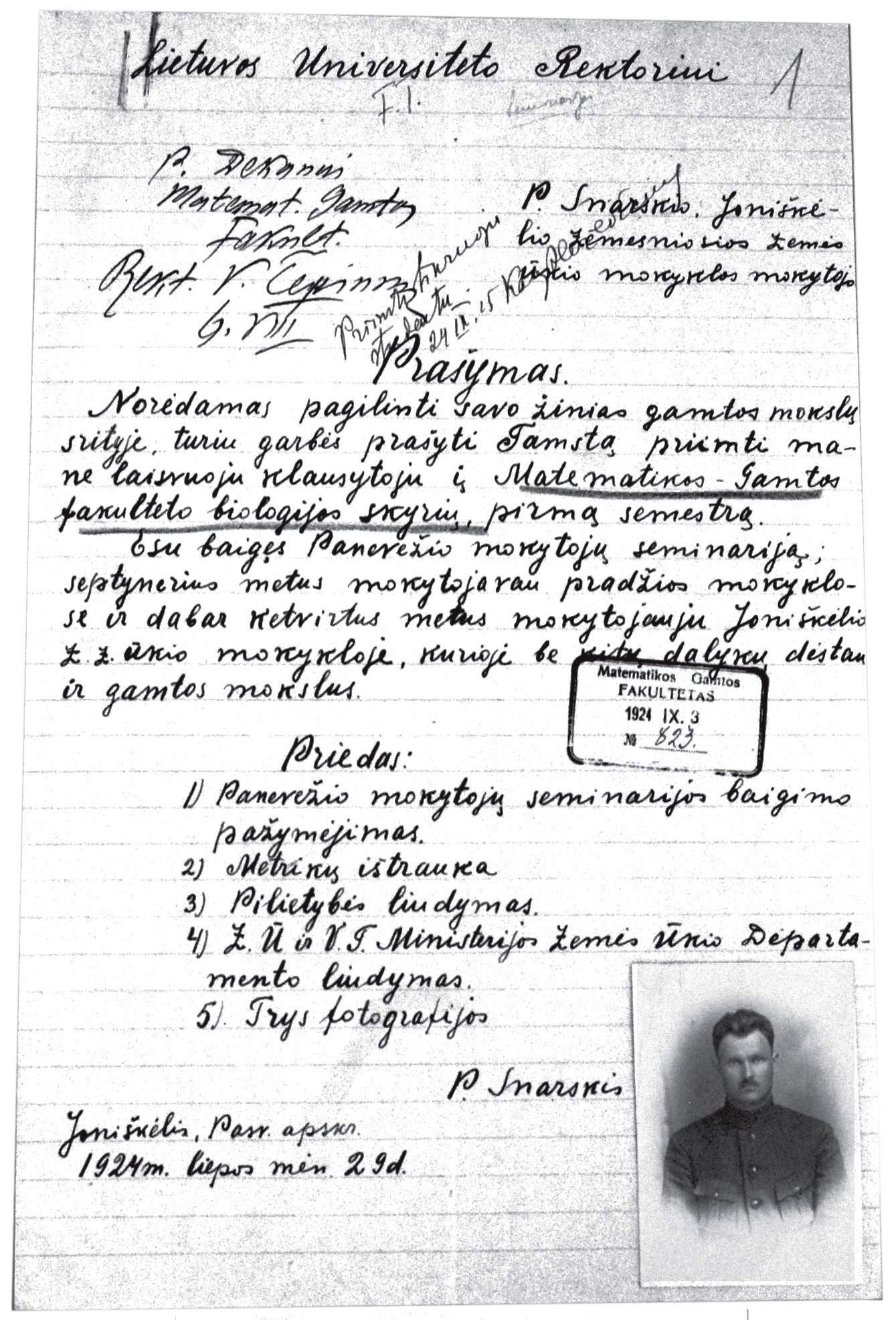
P. Snarskis’ handwritten application to enter the University of Lithuania as a free listener, kept in the Office of the Chief Archivist of Lithuania (Vytautas Magnus University student files, LCSA F631/7/839/1)
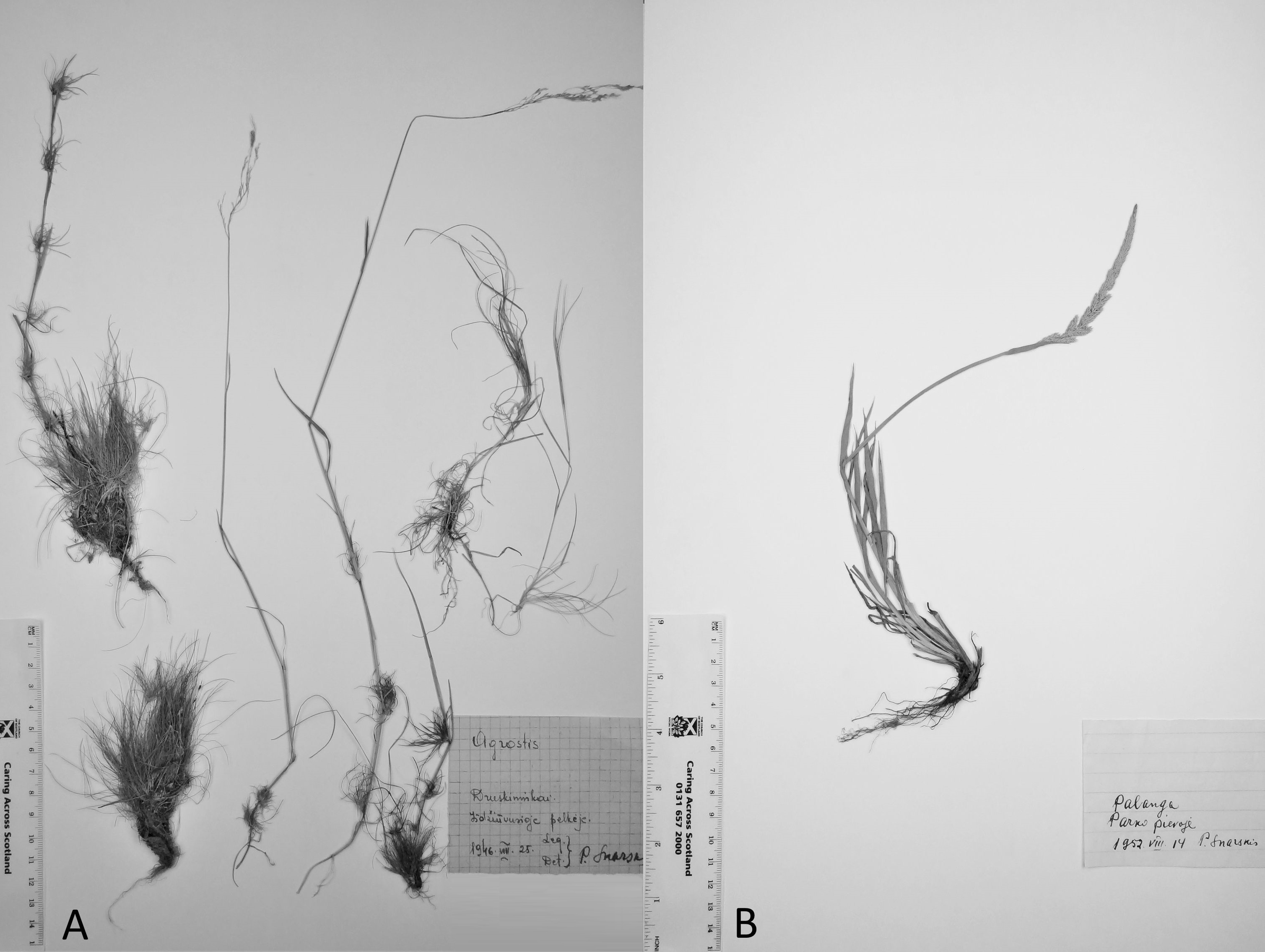
Atypical Poaceae specimens collected by P. Snarskis: not fully identified (A) and unidentified specimens (B)
Species Diversity, Distribution and Ecology of Inoperculate Discomycetes in Lithuania
The monograph deals with the inoperculate discomycetes occurring in Lithuania, provides information about the species diversity, form and structure, ecology and distribution. In total, 381 species from 119 genera, 29 families, 8 orders (Geoglossales, Helotiales, Leotiales, Marthamycetales, Orbiliales Phacidiales, Ostropales and Rhytismatales) and 4 classes (Geoglossomycetes, Lecanoromycetes, Leotiomycetes and Orbiliomycetes) have been recorded in Lithuania. New nomenclatural combination, Mollisia strobilicola (Rehm) Kutorga, was proposed. The structures of the studied fungi are illustrated by line drawings and colour photographs. The vast majority of the fungi examined are saprotrophic on plant remnants and anthropogenic substrates. Some fungi function as biotrophs, cause diseases in plants, or damage fungal fruit-bodies (Kutorga, 2020).
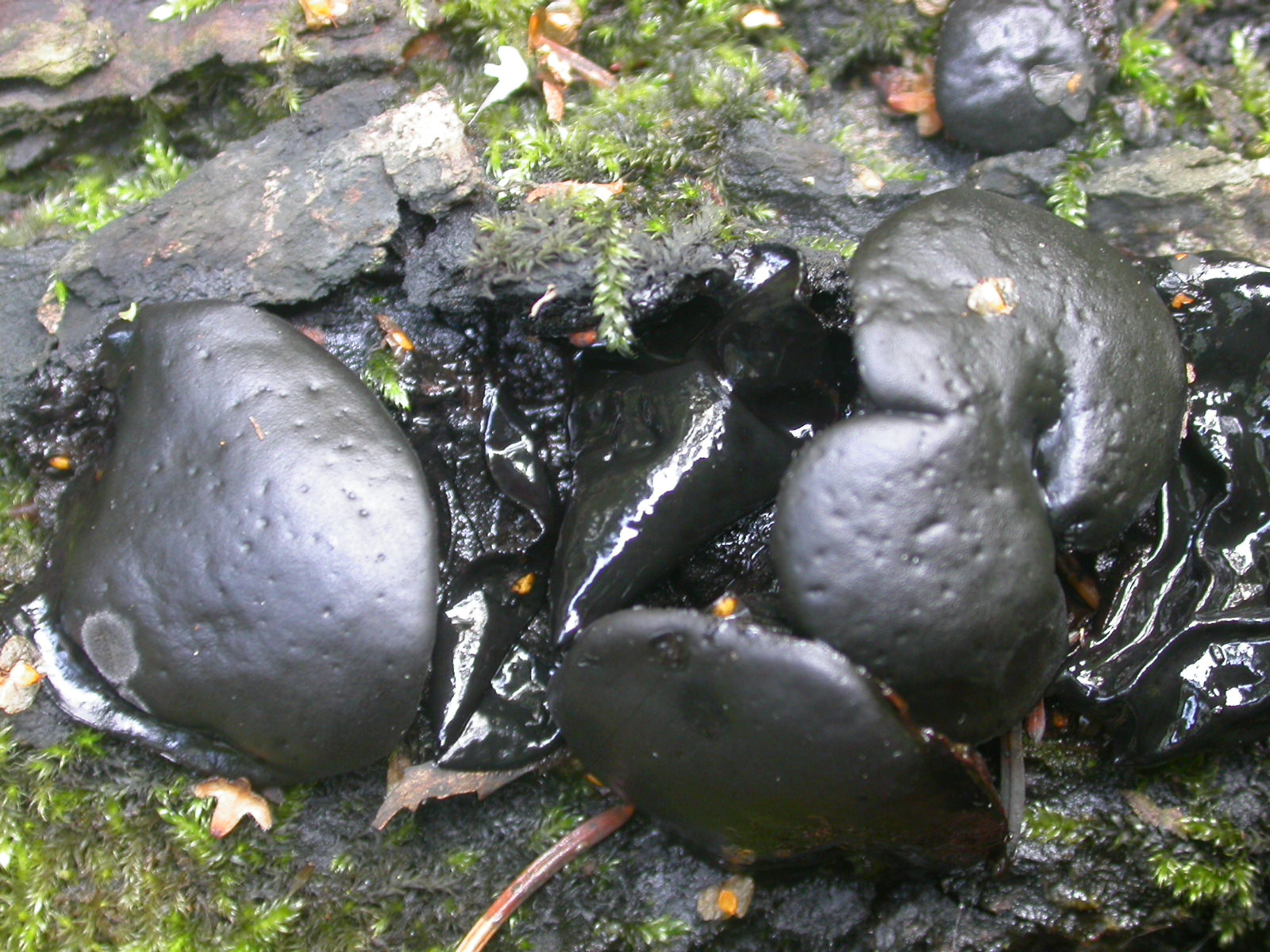
Fruit-bodies of Bulgaria inquinans on oak branch
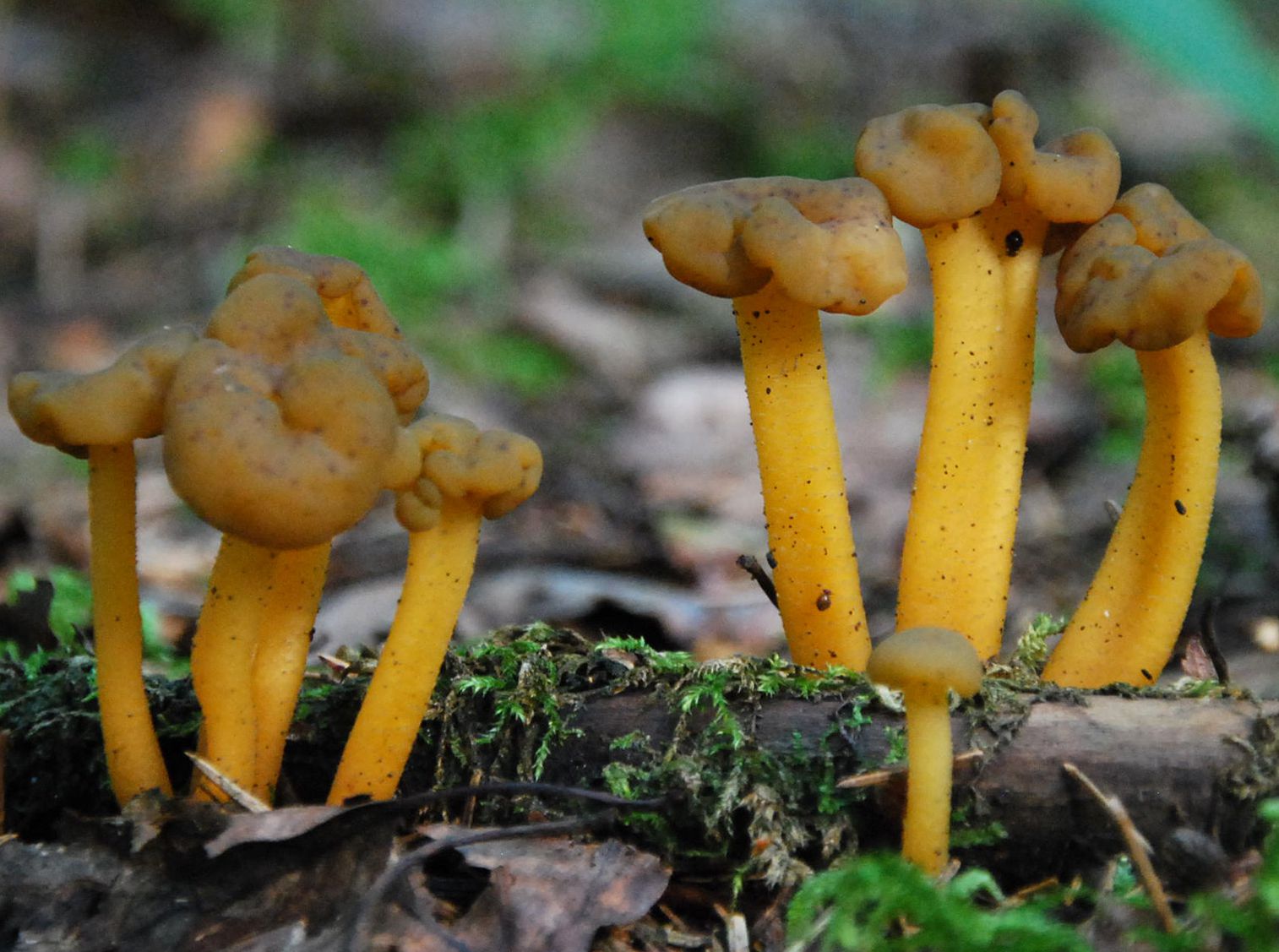
Fruit-bodies of Leotia lubrica on forest litter

